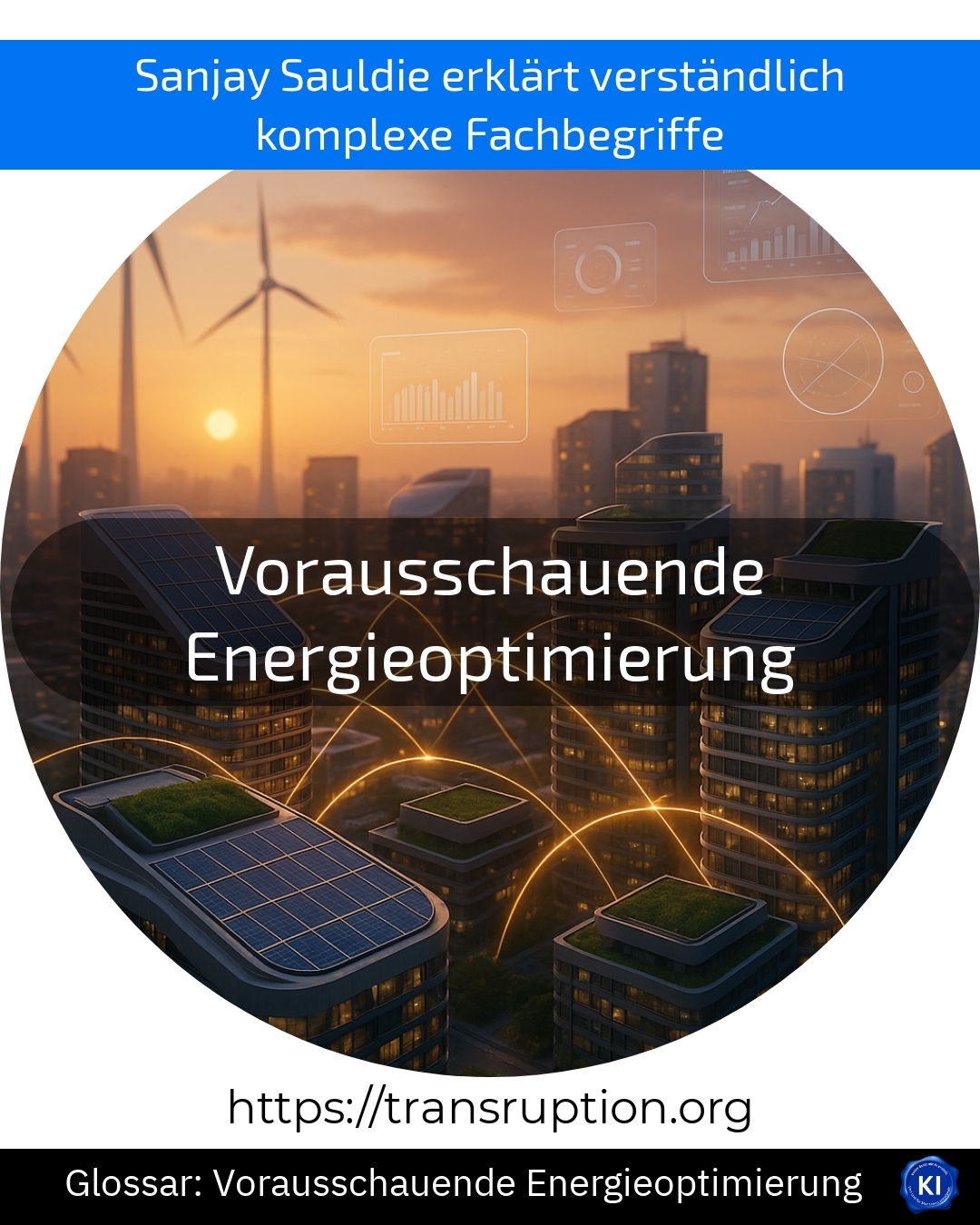Predictive energy optimisation is particularly relevant in the categories Industry and Factory 4.0, Artificial Intelligence and Sustainability and Environment 4.0. This refers to the clever use of data and intelligent software to not only monitor energy consumption in companies or buildings, but above all to control it with foresight.
Instead of simply reading how much electricity is currently being consumed, a system for predictive energy optimisation analyses a wide range of data - such as weather forecasts, production plans or current machine performance. With the help of artificial intelligence, the system recognises patterns and can create forecasts: Where will more energy be needed tomorrow? When is it worth shutting down machines or using energy from renewable sources?
An illustrative example: In a modern factory, predictive energy optimisation automatically tells the team when it is most environmentally friendly and cheapest to start machines because a lot of green electricity from solar energy is currently available. In this way, costs can be reduced, the climate protected and processes organised more efficiently - long before an energy problem arises.
This technology helps to make business more sustainable and secure a competitive edge.















